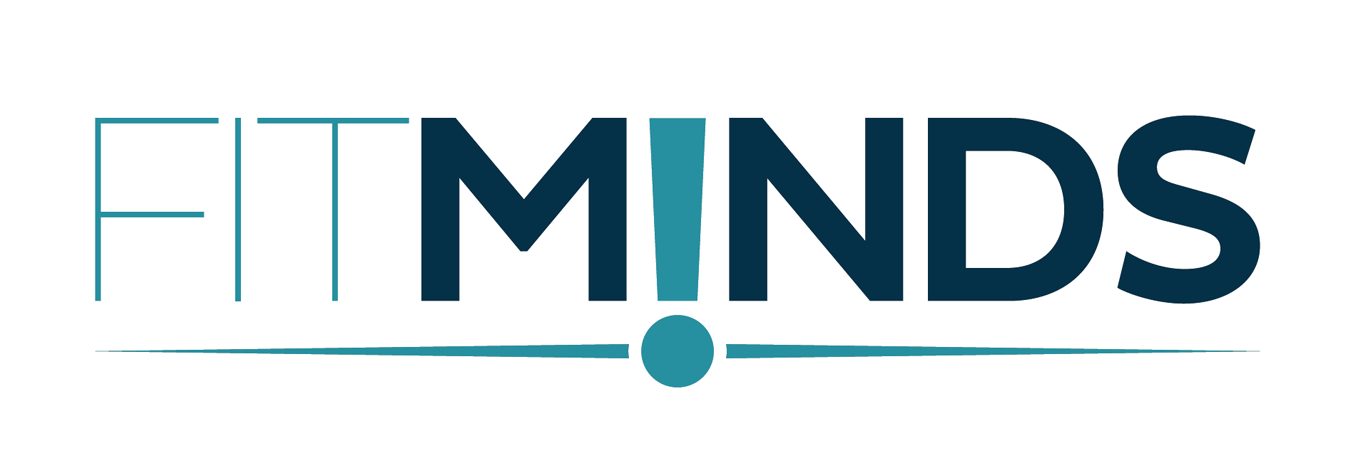The Baldrige Model is a comprehensive framework for organizational excellence that originated in the United States in 1987. It provides a structured approach for organizations to assess their performance, identify areas for improvement, and implement best practices to achieve sustainable results. By focusing on key criteria such as leadership, strategy, customers, measurement, analysis, workforce, operations, and results, the Baldrige Model helps organizations enhance their overall performance and competitiveness within their industries.
Main Benefits of The Baldrige Model
The Baldrige Model helps organizations identify areas for improvement and implement best practices to enhance overall performance.
The Baldrige Model helps:
- to become more competitive by focusing on excellence in various aspects of operations,
- to increase customer satisfaction and loyalty,
- to align the organization’s goals, processes, and resources with its strategic objectives,
- to enhance employee engagement and satisfaction by involving employees in decision-making processes.
Explanation of The Baldrige Model
The Baldrige Framework comprises seven key areas, often referred to as the Baldrige Criteria for Performance Excellence. Each of these areas plays a crucial role in assessing and improving organizational performance.
Leadership: Focuses on leaders’ role in establishing and communicating the organization’s vision and values, fostering ethical conduct, and cultivating a culture that promotes excellence and innovation.
Strategic Planning: Examines how the organization develops strategic objectives, action plans, and performance metrics to attain its goals and ensure sustained success over the long term.
Customer Focus: Involves how the organization identifies and engages with customers, comprehends their needs and expectations, and delivers value that surpasses customer requirements.
Measurement, Analysis, and Knowledge Management: Evaluates how the organization collects and analyzes data, manages information, and uses knowledge to facilitate decision-making, drive improvement, and encourage innovation.
Workforce Focus: Concentrates on how the organization engages, nurtures, and manages its workforce to cultivate a culture of high performance, enhance employee satisfaction and well-being, and foster continuous learning and improvement.
Operations Focus: Examines the efficiency and effectiveness of critical operational processes, encompassing product and service delivery, supply chain management, and innovation, to ensure customer satisfaction and achieve organizational objectives.
Results: Emphasizes the assessment of organizational performance and outcomes across key areas such as customer satisfaction, employee engagement, financial performance, product/service quality, operational efficiency, and societal impact, driving ongoing improvement and organizational excellence.

By addressing each of these areas comprehensively, organizations can identify strengths, opportunities for improvement, and best practices, leading to enhanced performance, sustainability, and competitiveness.
How to Apply The Baldrige Model
Organizations can apply The Baldrige Model by following a structured assessment process that involves evaluating their performance against the criteria categories, identifying strengths and opportunities for improvement, and developing action plans to address areas needing enhancement. Many organizations use the Baldrige Criteria for Performance Excellence as a self-assessment tool or as the basis for applying for the Malcolm Baldrige National Quality Award, which recognizes organizations that demonstrate exceptional performance excellence.
Contact us to get more information or discover your probable personalized roadmap for The Baldrige Model.
Additional Tips and Readings
- To read more about business strategy, you can check the Competitive Landscape Analysis.
- You can read Capability Maturity Model Integration (CMMI) to optimize development processes.
- You can learn more about development processes with the Delta Model.
- You can learn more about organizational strategy models with the Appreciative Inquiry.
Contact us to make informed strategic decisions via The Baldrige Model.


